Porcelain tiles are a popular choice for homeowners and designers alike, cherished for their durability, aesthetics, and versatility. This introduction aims to explore the advantages and disadvantages of porcelain tiles, offering insights into why they may or may not be the ideal choice for your flooring needs.
Whether used in kitchens, bathrooms, or outdoor spaces, understanding the key attributes and considerations of porcelain tiles will help in making an informed decision.
From their resistance to wear and tear to the intricacies of installation and cost, we will thoroughly examine what sets porcelain tiles apart in the world of flooring options.
Advantages of Porcelain Tiles
Durability
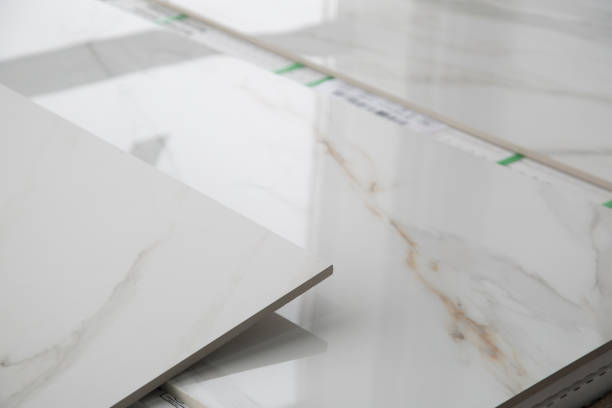
Porcelain tiles stand out in the flooring market primarily due to their exceptional durability. Fabricated from a refined clay mixture, these tiles are fired at extremely high temperatures. This process not only hardens the tiles, making them denser but also significantly reduces their porosity compared to other flooring materials.
As a result, porcelain tiles exhibit remarkable resistance to chips, scratches, and general wear and tear.
Their hard surface is less likely to crack under pressure or show signs of damage over time, which is particularly advantageous in high-traffic areas such as hallways, commercial spaces, and outdoor patios.
Unlike other materials that may need frequent replacements or repairs, the longevity of porcelain tiles ensures that they can maintain their aesthetic appeal and structural integrity for decades, making them a prudent investment for those seeking a long-lasting flooring solution.
Low Maintenance
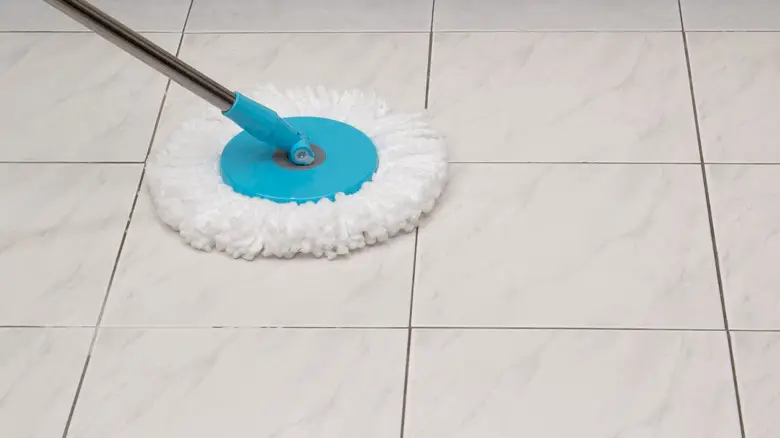
One of the most appreciated attributes of porcelain tiles is their ease of maintenance, which is an essential aspect for both residential and commercial settings.
Thanks to their minimal porosity, these tiles are highly resistant to moisture, making them an ideal choice for areas prone to spills and stains, such as kitchens and bathrooms.
Spills on the surface can be promptly wiped away without leaving any residue or staining, a feature not typically found in more porous flooring materials that are susceptible to permanent damage from liquids. Furthermore, the routine cleaning of porcelain tiles is remarkably straightforward.
Unlike specialty flooring that may require specific cleaners and treatments, porcelain tiles can retain their luster and cleanliness with the use of mild detergents and regular mopping.
This not only simplifies the cleaning process but also contributes to a more hygienic environment by effectively reducing the accumulation of dirt, germs, and allergens.
The low maintenance quality of porcelain tiles, therefore, not only preserves their aesthetic beauty over time but also supports a cleaner and healthier living space, all with minimal effort.
Water Resistance
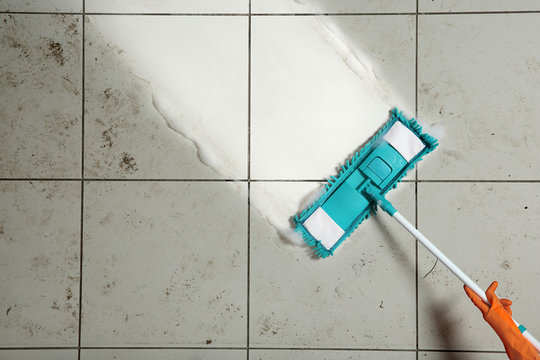
Porcelain tiles have a distinct advantage when it comes to water resistance, making them an ideal choice for areas within a home or commercial space that are frequently exposed to water.
These tiles are crafted from refined clay and minerals and are fired at high temperatures, a process that significantly reduces their porosity and increases their density. This results in a tile with a remarkably low water absorption rate, generally less than 0.5 percent.
Due to this characteristic, porcelain tiles stand up exceptionally well in bathrooms, kitchens, outdoor patios, and even around swimming pools where moisture and spills are commonplace.
Their water-resistance not only prevents damage and degradation from moisture over time but also wards off mold and mildew growth, maintaining a hygienic surface that is easy to clean.
Additionally, this water resistance extends the tiles’ durability and longevity, especially in climates that experience freeze-thaw cycles.
Porcelain tiles can endure these conditions without cracking or suffering from water damage, showcasing their superiority as a versatile and practical flooring solution for both indoor and outdoor applications.
Versatility
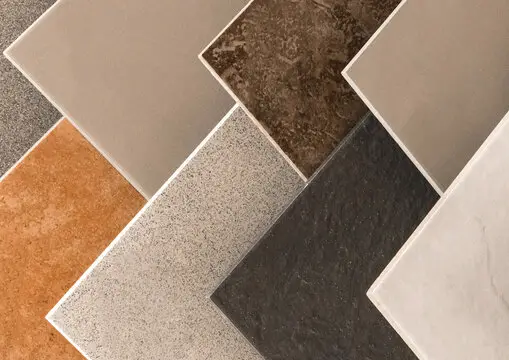
Porcelain tiles stand out in the flooring industry not only for their durability and practicality but also for their versatility.
Thanks to advanced manufacturing techniques, these tiles are available in an extensive array of designs, colors, and textures that can closely mimic the look and feel of natural stone, wood, and various other materials.
This wide range of options opens up endless possibilities for interior designers and homeowners to craft unique and personalized spaces.
Whether aiming for the rustic charm of wood in living areas without worrying about scratches and water damage, or the elegant touch of marble in bathrooms without the high cost and maintenance, porcelain tiles provide the perfect solution.
They offer the flexibility to achieve any desired aesthetic while benefiting from the inherent advantages of porcelain, such as its durability and low maintenance requirements.
The ability to replicate other materials with such high fidelity means that porcelain tiles can seamlessly integrate into any decor style, from classic to contemporary, without the drawbacks of using the actual substances.
This versatility makes porcelain tiles an ideal choice for flooring, wall coverings, and even countertops, contributing to cohesive design themes throughout any space.
Fire Resistance
Porcelain tiles not only excel in terms of aesthetic versatility and durability but also offer significant safety advantages, particularly when it comes to fire resistance.
They are inherently fireproof, meaning they do not catch fire or act as a fuel source in the event of a fire. This characteristic is immensely beneficial in both residential and commercial settings, providing an added layer of security against the spread of flames.
Furthermore, in contrast to some other flooring materials, porcelain tiles do not emit toxic fumes when exposed to high temperatures.
This critical feature ensures that in the unfortunate event of a fire, the risk of harmful emissions compromising indoor air quality and posing health risks to occupants is minimized.
The combination of being non-combustible and not releasing toxic substances significantly enhances the safety profile of spaces outfitted with porcelain tiles.
Disadvantages of Porcelain Tiles
Higher Cost

One of the primary disadvantages associated with porcelain tiles is their cost. When compared to ceramic tiles and other flooring options, porcelain tiles stand out as more expensive, both in terms of the material itself and the costs related to installation.
This higher expense is partly due to the manufacturing process, which requires porcelain tiles to be fired at higher temperatures for a longer period, creating a denser and more durable product.
However, this process not only demands more energy but also utilizes finer, high-quality raw materials, both factors contributing to the higher price tag.
Installation costs are also elevated for porcelain tiles. Their increased density and hardness, while advantageous for durability, make porcelain tiles more challenging to cut and install.
Special tools and expertise are necessary to handle the material properly, leading to higher labor costs compared to more malleable or easier-to-install materials.
For homeowners and builders prioritizing budget, the combined material and installation costs of porcelain tiles may necessitate a reassessment of flooring choices, despite the numerous benefits porcelain tiling offers.
Complex Installation
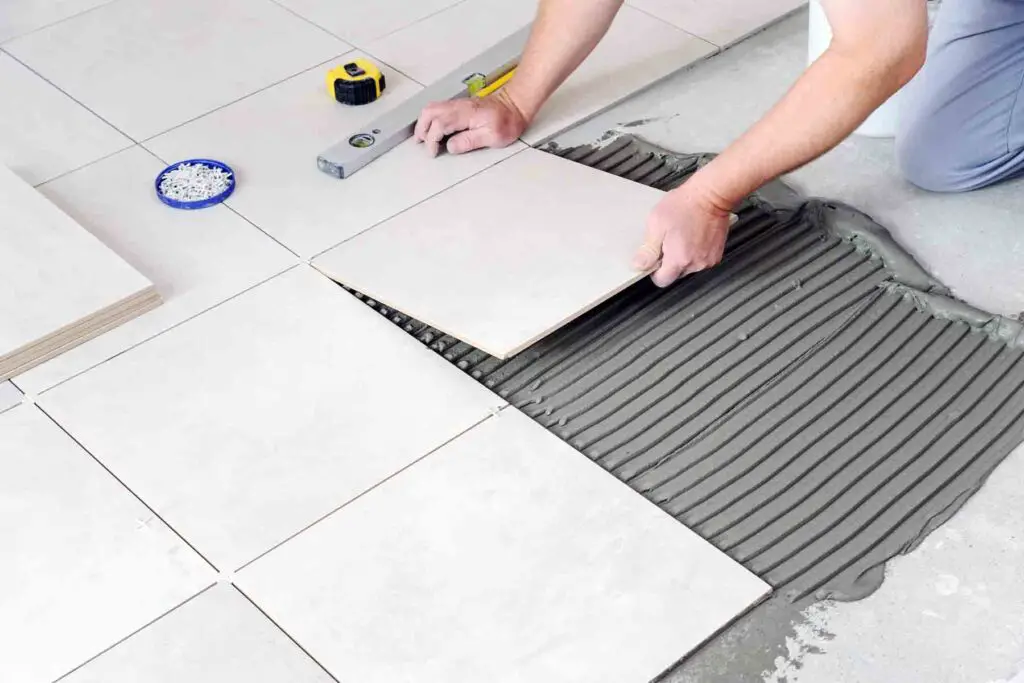
The installation process for porcelain tiles is indeed more challenging and time-consuming than for many other flooring options, often necessitating the involvement of professionals.
Due to their denser and harder nature, porcelain tiles require specific tools for proper cutting and fitting, such as wet saws equipped with diamond blades, to prevent chipping or cracking during the installation process.
Additionally, the precision necessary for laying porcelain tiles evenly and securely adds to the complexity of the task. The adhesive used must be suitable for the tile’s weight and composition, and setting times may vary, requiring patience and attention to detail.
Grouting porcelain tiles also demands expertise to ensure that the finished surface is seamless, water-resistant, and aesthetically pleasing.
The combination of these factors means that, even for experienced DIY enthusiasts, the installation of porcelain tiles can present significant challenges, often making the hiring of professional tilers not just a preference but a necessity for ensuring quality results.
Cold and Hard Surface
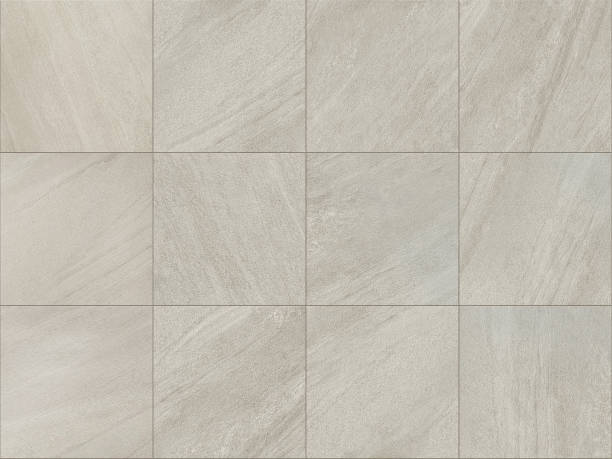
One characteristic of porcelain tiles that requires consideration is their tendency to feel cold underfoot, particularly in environments with colder climates.
This can result in a less cozy and welcoming atmosphere, especially in residential settings where comfort is paramount. The thermal properties of porcelain do not retain heat well, making floors feel chilly during fall and winter months or in naturally cooler regions.
While this can be somewhat mitigated by the installation of underfloor heating systems, the added expense and complexity of such solutions may not always be feasible or desirable for every homeowner.
Furthermore, the inherent hardness of porcelain tiles, while beneficial for durability and wear resistance, can also contribute to discomfort when standing for extended periods.
This is a significant consideration in spaces where people spend a lot of time on their feet, such as kitchens or retail environments.
The lack of cushioning can contribute to fatigue and discomfort in the legs and feet, a drawback when compared to softer flooring options like carpet or vinyl.
For those with joint issues or who require more ergonomic flooring solutions, the hardness of porcelain can be a considerable disadvantage. This aspect calls for a thoughtful assessment of how space will be used and the everyday comfort of the individuals using it.
Weight
The substantial weight of porcelain tiles is another factor that must be taken into account during the planning and installation process.
Being significantly heavier than many other flooring alternatives, such as laminate or vinyl, porcelain tiles may necessitate additional floor reinforcement to support their weight.
This is particularly crucial in older buildings, where the existing structure might not be designed to bear such loads without the risk of damage.
The requirement for extra support can introduce unforeseen complexities and costs in flooring projects, making it essential for homeowners and contractors to conduct thorough assessments of the building’s capacity before installation.
Ignoring the weight factor could lead to structural complications, compromising not only the integrity of the flooring project but also the safety of the occupants.
Related Topics:
Conclusion
In sum, porcelain tiles embody a blend of timeless beauty, unparalleled durability, and broad-spectrum versatility, setting them apart as a premier flooring choice for various applications.
Whether in pursuit of the practical benefits of low maintenance and water resistance or the aesthetic appeal of diverse design options, porcelain tiles offer compelling advantages.
Yet, it’s crucial to weigh these benefits against potential drawbacks, such as higher costs, complex installation requirements, and considerations regarding comfort and structural support.
Understanding these factors in their entirety allows individuals to make a well-informed decision, ensuring that the chosen flooring not only meets their stylistic desires but also complements their lifestyle and the functional demands of their space.
As such, porcelain tiles stand as a testament to the advancements in flooring technology, offering an optimal balance of form and function for those looking to elevate their interior spaces.
FAQs
Can porcelain tiles be used in outdoor settings?
Yes, porcelain tiles are an excellent choice for outdoor settings due to their low water absorption rate, making them resistant to frost and extreme weather conditions. However, it’s important to choose tiles specifically rated for outdoor use to ensure they have the necessary slip resistance.
How does the cost of porcelain tiles compare to other flooring options?
Porcelain tiles tend to be on the higher end of the cost spectrum compared to basic ceramic tiles due to their superior durability and aesthetic qualities. However, when compared to natural stone or high-end marble, porcelain can offer a more cost-effective yet similarly elegant solution.
How difficult is it to install porcelain tiles?
Installing porcelain tiles can be more challenging than other tile types due to their density and hardness, which requires the use of special cutting tools and expertise. It’s often recommended to hire professionals for the installation to ensure a precise and lasting finish.
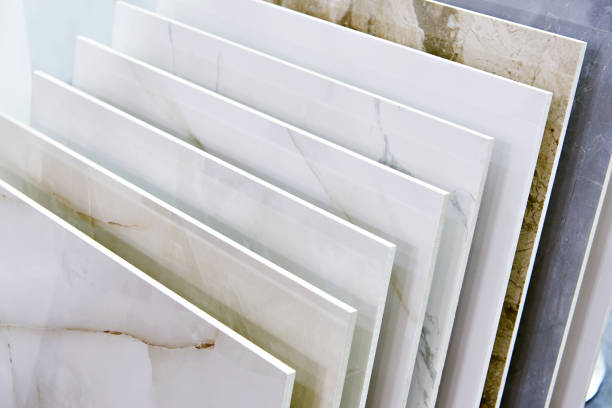
4 thoughts on “Advantages And Disadvantages Of Porcelain Tiles”